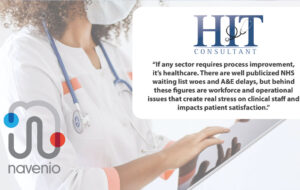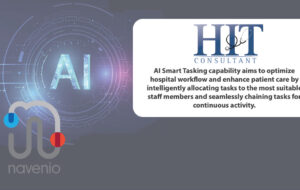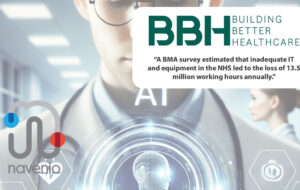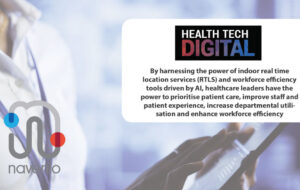Health IT Answers: Talent Tuesday: The Transformative Power of Real-Time Data in Creating Sustainable Change
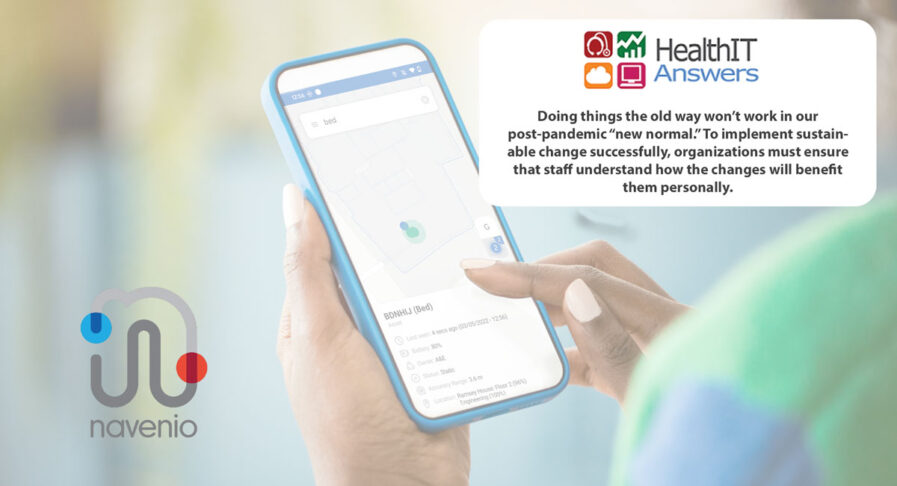
As published by HealthITAnswers.com.
It is more apparent than ever that healthcare will likely never return to how things were before the pandemic. However, getting used to the “new normal” has been challenging, to say the least. Staffing shortages are a prime example.
Today, the US has a shortage of over 78,000 nurses. This shortage has led to overwork, stress, burnout, and high turnover rates among nursing staff. In addition, a large number of nurses will soon reach retirement age, which may further exacerbate the problem.
In the face of the nursing shortage, health systems must now address growing patient safety concerns. Research shows that “Nursing shortages lead to errors, higher morbidity, and mortality rates.” On top of everything else, health systems now must deal with poor quality and decreasing patient safety scores. Instead, they need to find new ways of operating that alleviate stress on overburdened nursing staff and mitigate the impact on patients.
The Road to Sustainable Change
To address today’s “new normal,” providers will need to identify opportunities within existing operational systems to improve productivity and efficiencies and make their environments ones that nurses will enjoy working in once again. In other words, they need to implement new solutions that will enable nurses to work smarter, not harder. But there’s a catch: change can be difficult and, when not fully adopted, can worsen problems they were intended to solve.
Implementing any new service, technology, or workflow requires teams to accept a new mindset—one that embraces change and understands that the new way will be better for them, for the organization, and, ultimately, for the patient.
Addressing Barriers to Change
In a recent poll of healthcare leaders across the UK and the US, 75% of respondents said their organizations have difficulty achieving sustainable change. When asked which areas or processes were most challenging, 67% said patient throughput and 33% said the emergency department (ED). A third question asked about their most difficult barriers to successful change, to which 87% said a bad past experience with technology. Another 13% blamed a fear of change.
One of the most significant barriers to change is a lack of transparency and actionable, real-time data. While healthcare is already overrun with data, it can be difficult to access and used in meaningful ways. One large health system is an excellent example of just such a scenario. During most hospital stays, patients are moved multiple times within the same facility. While this particular hospital had porters, there was no way for nurses to find out if a porter was available, where they were located, or how quickly they could be of service. Because of this lack of transparency, the responsibility for moving patients fell entirely on already overworked nurses. When multiplied several times a day across the entire health system over a given shift, a significant number of hours intended for direct patient care was being forfeited—all because of a lack of transparency around when and where porters would be available.
Two other areas where the hospital lacked real-time data and transparency were the emergency department (ED) and patient throughput. When breakdowns occurred in these areas, they had a domino effect, and everything would get backed up. Labs were delayed, and X-rays took longer than they should have. Discharge orders became delayed, which caused incoming patients to have to wait for extended periods of time before getting to a room.
Success Story
To address these challenges, the health system implemented a location-based workforce solution that enables a new concept called Reverse Bed Chain (RBC). RBC uses the hospital’s data to fuel real-time location services technology (RTLS). Using an intelligent workforce app on their smartphones, nurses and other stakeholders can track the location of patients, staff, and equipment in real time. This allows staff and resources to be more intelligently allocated based on where they are located while enabling patients to be moved through the hospital more efficiently. The hospital was also able to identify which patients should be prioritized to receive the next open bed. This helped reduce confusion and conflicts and ensure appropriate care was available to patients most in need.
Creating Sustainable Change
Doing things the old way won’t work in our post-pandemic “new normal.” To implement sustainable change successfully, organizations must ensure that staff understand how the changes will benefit them personally. For nurses, this means greater transparency, less stress, and more time to spend doing what they went into nursing to do: helping patients.

